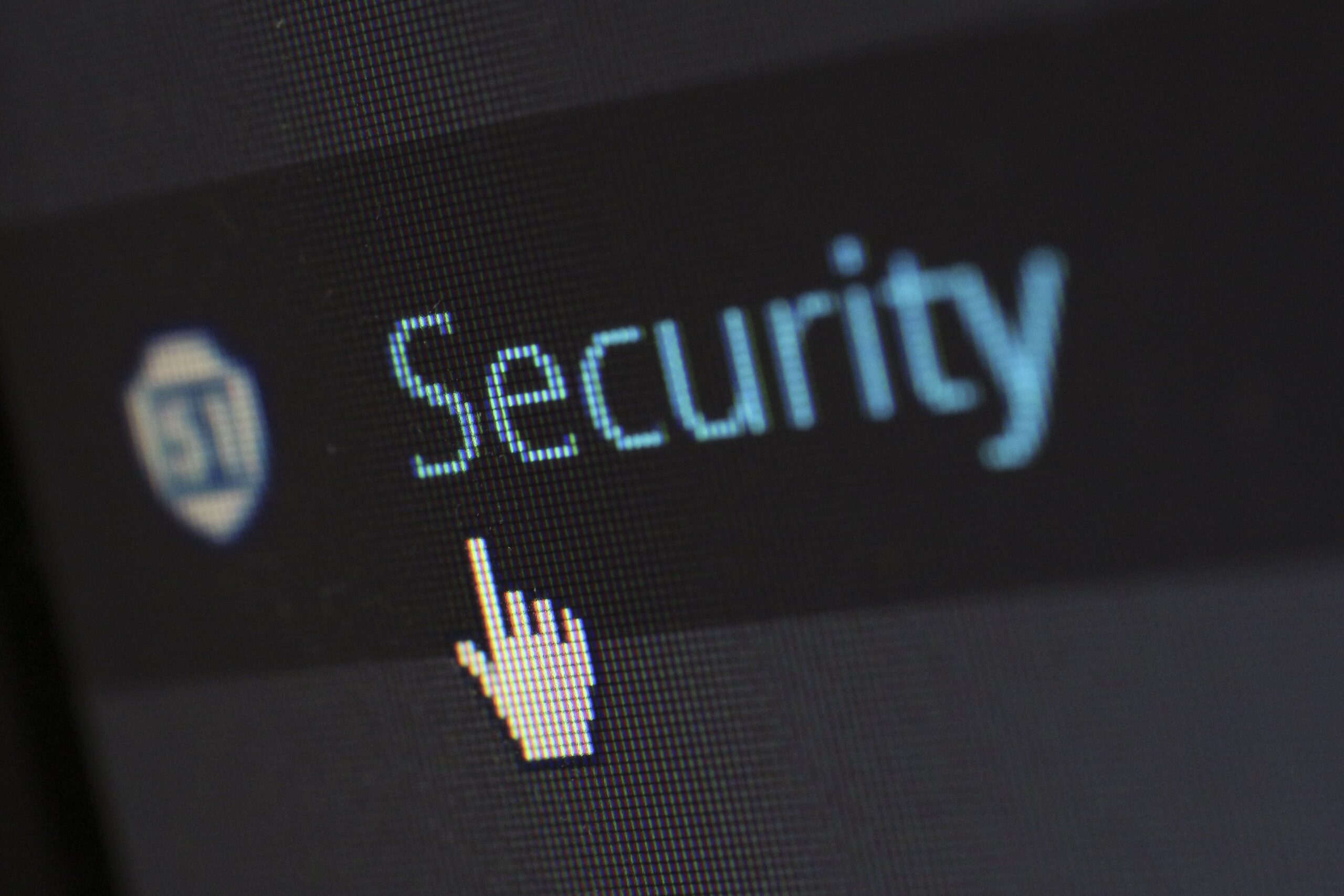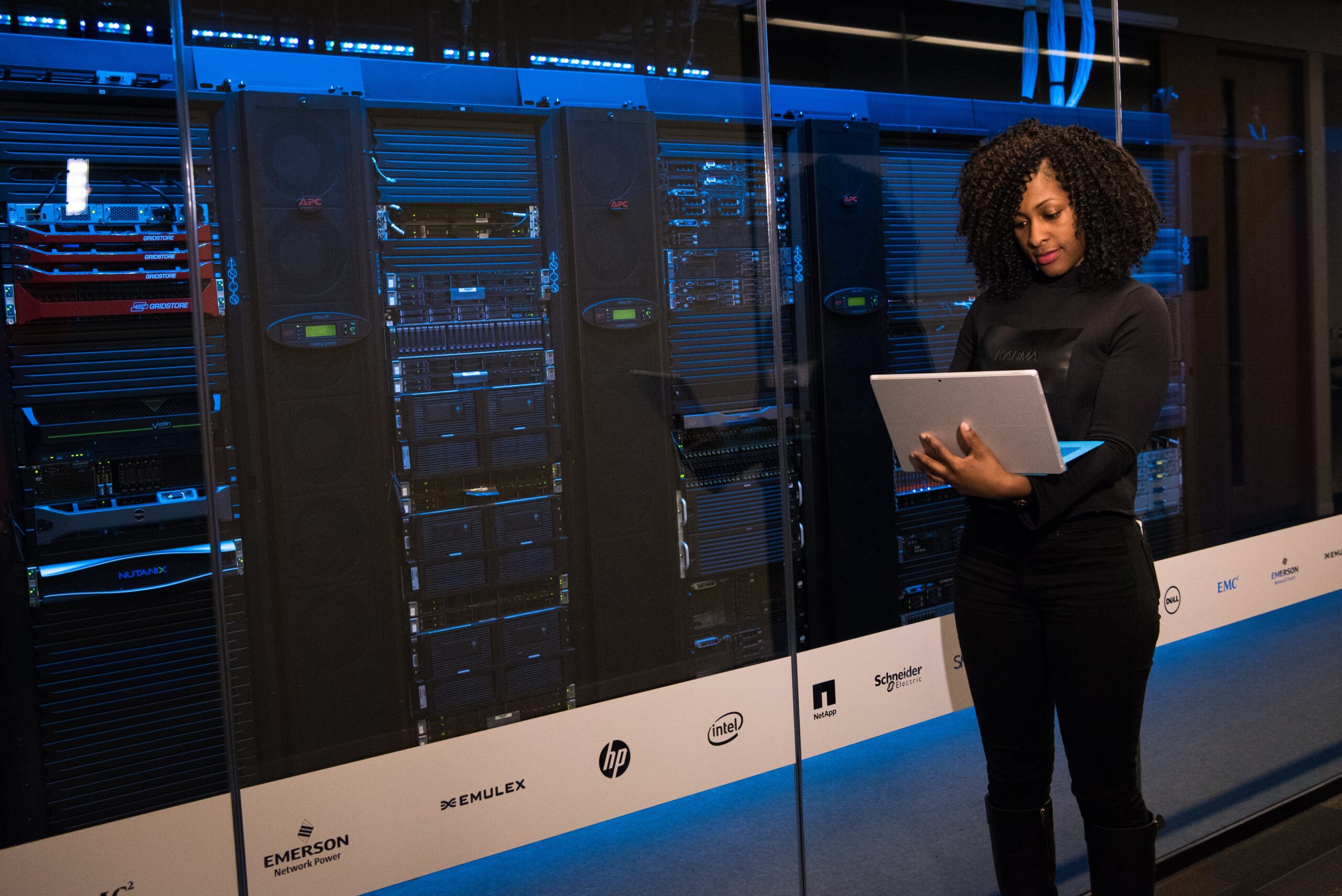Various important organizations utilize Drupal CMS. It is also utilized by governments in several nations. This appreciation is justified by the wide range of Drupal modules and its open-source architecture. Site managers may effortlessly arrange, alter, and oversee material on Drupal due to the modules. However, it cannot be denied that Drupal is vulnerable to cyberattacks, even with its advantages. And that too frequently. Hardening Drupal Security becomes essential in the aftermath of these constantly rising cybercrimes.
Why Drupal security is important
If your website does not have enough security protection, your company might lose data, break the law, and suffer serious reputational harm. Another aspect of search engine ranking is web security. Because secure websites rank higher in search results, they have a higher chance of attracting natural visitors.
Of course, it can be expensive to correct security flaws, and the financial consequences of security breaches (such as fines and lost business) could be much more significant. Thus, Drupal security is essential for your business’s financial line in addition to strong digital performance and user trust.
Potential security risks
The hazards associated with content management systems are all the same. Let us review common threats.
Cross-site scripting (XSS)
Malicious code is injected via JavaScript or HTML into client-side scripts in cross-site scripting (XSS) attacks. Using frameworks that omit HTML elements and running web vulnerability scanners on your databases are two strategies to defend against the three types of XSS attacks: reflected (non-persistent), stored (permanent), and DOM-based.
Authentication bypass
Threat actors can access your data and systems thanks to weak authentication procedures. Businesses may prevent it by encrypting all cookies and session IDs and by using antivirus software.
Remote code execution (RCE).
Through the use of systems access, hackers can remotely run malware or other harmful code and take control of the impacted systems or devices within an organization. RCE assaults, as their name suggests, are global in scope and have effects beyond system penetration, including data theft and crypto mining.
SQL injection
This attack, sometimes referred to as SQLI, uses malicious SQL code to access and modify back-end databases and retrieve data, including personally identifiable information (PII) about consumers or business information. By avoiding dynamic queries that employ string concatenation and by stopping user-supplied input containing malicious SQL from changing the logic of queries that are run, developers may prevent SQL injections.
Cross-site request forgery (CSRF)
Users are coerced into taking undesirable activities in apps when they are currently authenticated via CSRF attacks. Successful attacks have the potential to compromise a whole online application can entail anything from the transfer of money to the change of personal data like addresses.
Drupal security best practices
Use HTTPS
Hackers may tamper with user or browser communications on your website if HTTPS is not enabled. Google warns visitors by displaying a “not secure” notice on HTTP sites since HTTPS is so crucial to website security.
There is no excuse not to switch your website to HTTPS—it is entirely free and rather simple! All you need is a Secure Sockets Layer (SSL) certificate, which you can obtain from your hosting company or Let Us Encrypt.
Your URL will be HTTPS and a padlock icon will appear in the URL bar after your SSL certificate is active, signaling that all site connections are safe.
Keep Drupal software up-to-date
It is critical to apply the most recent Drupal core updates as soon as they become available since outdated software is a common security issue. This holds for all of your site’s modules and themes as well.
Updates are designed to fix security flaws and boost general functionality; without them, hackers and security breaches might compromise your website.
In our blog post “Drupal: how to update,” we go over the various techniques for updating the Drupal core. As an alternative, the service package from your Drupal agency can include frequent upgrades.
Choose secure hosting
When selecting a hosting company, it is crucial to keep in mind that safe hosting is a crucial component of website security.
If you have a shared hosting package, secure hosting is especially crucial since other sites that share the server with you might attack your website.
It is a good idea to find out from your host what security procedures they use and how they handle security problems with their server. It is best to improve your hosting plan or find a new provider if their security measures aren’t up to par.
Use secure login details
Another popular method Drupal sites get hacked is through weak passwords and login credentials. Brute force attacks, in which hackers try several login and password combinations until one works, are frequently used to obtain access.
Brute force attacks are automatically restricted by Drupal, however, creating strong passwords is a crucial additional step in securing your website. Avoiding usernames that are too apparent, like “admin,” is also a smart idea.
Combining capital and lowercase letters with digits and symbols makes for strong passwords. The longer the password, the better; to make your website safe, try to use 12–14 characters.
You might wish to set up two-factor authentication (2FA) for extra protection. As a result, users must log in twice: once to enter their username and password, and again to provide a one-time passcode.
With the Google Authenticator module, you can integrate 2FA into your Drupal website (you will also need to download the accompanying app for passcode generating). But keep in mind that not all Drupal modules and themes are compatible with 2FA, so if you run into any issues, get in touch with your Drupal support provider.
Backup regularly
Creating and preserving a duplicate of your Drupal site’s files and database is known as backing up. In the event of a virus or security breach, you can utilize these copies to restore your website to its original online state.
The more often you back up, the less information you will lose if your website is compromised or compromised. When determining how frequently to schedule backups, it is important to take into account how frequently you make changes or add new information as well as how simple it would be to redo this work if it were lost.
Using the Backup and Migrate module is the easiest way to create backups on Drupal. Just install the module, then select the required frequency and check to allow automatic backups in the module’s settings.
Block bots
- Automated crawlers and bots are always looking for ways to attack or exploit vulnerabilities in websites. You may use a variety of modules to defend your Drupal website from these:
- Captcha helps prevent bots from making contact form submissions
- Honeypot also reduces bot form submissions
- SpamSpan Filter prevents spambots from collecting email addresses from your site
Update user accounts
Your website is more vulnerable to hacking and other security lapses the more users (and logins) it has, as well as the more access and permissions people have. The three primary Drupal roles are Administrator, Editor, and User, arranged in decreasing order of website modification power. Nonetheless, Drupal’s adaptability allows for an infinite variety of roles and permissions.
The website owner and a select group of other reliable users should be the only users with the ability to make modifications to your Drupal site, as administrators have the most access. It is advised that you routinely check your users to make sure everyone has the appropriate rights. Additionally, when users cease making contributions to your site, it is a good idea to remove their accounts. Under “People” on the back end, you can see which people have registered and verify or adjust role permissions.
Keep your database clean
Keeping your Drupal database updated and uncluttered lowers the chance of ransomware and malware intrusions.
It is advised that you periodically go over the database on your website and remove everything unnecessary. However, be cautious to go back first in case you unintentionally erase something crucial!
Using the Clean-up module is the most straightforward method of cleaning your Drupal database. If you are more technically savvy, though, you might want to utilize phpMyAdmin instead.
Scan regularly
It is crucial to monitor your website to maintain its security. Using an online scanner, you may complete this task swiftly and effortlessly.
Conclusion
In conclusion, in an ever-changing digital context, protecting your Drupal website is essential. You may strengthen your website against such dangers by following strong security measures, such as frequent upgrades, strict password policies, attentive monitoring, and module examination. Recall that taking proactive steps and maintaining a watchful mentality is essential for building a strong online presence. Maintain your Drupal experience’s security, resilience, and empowerment.



